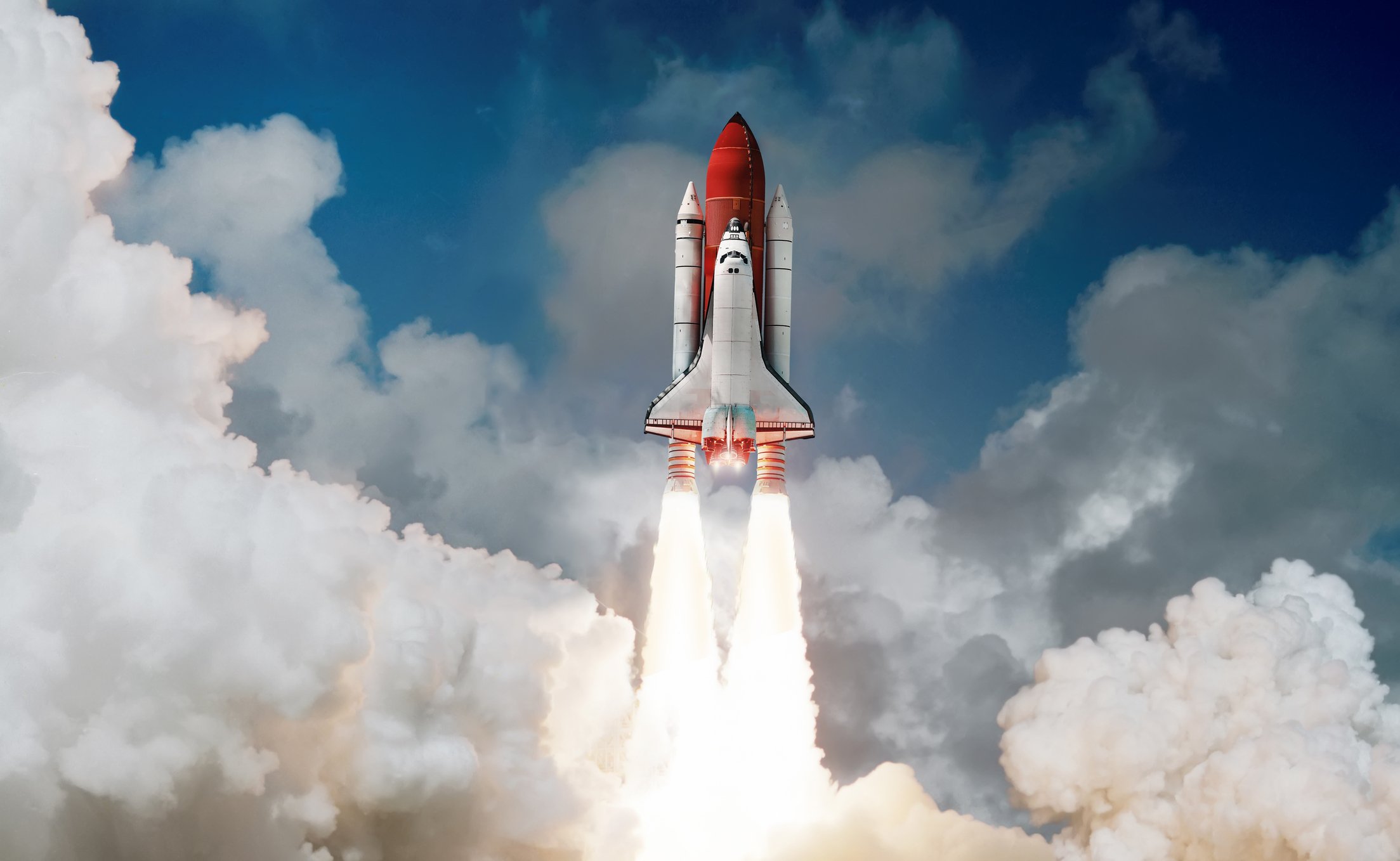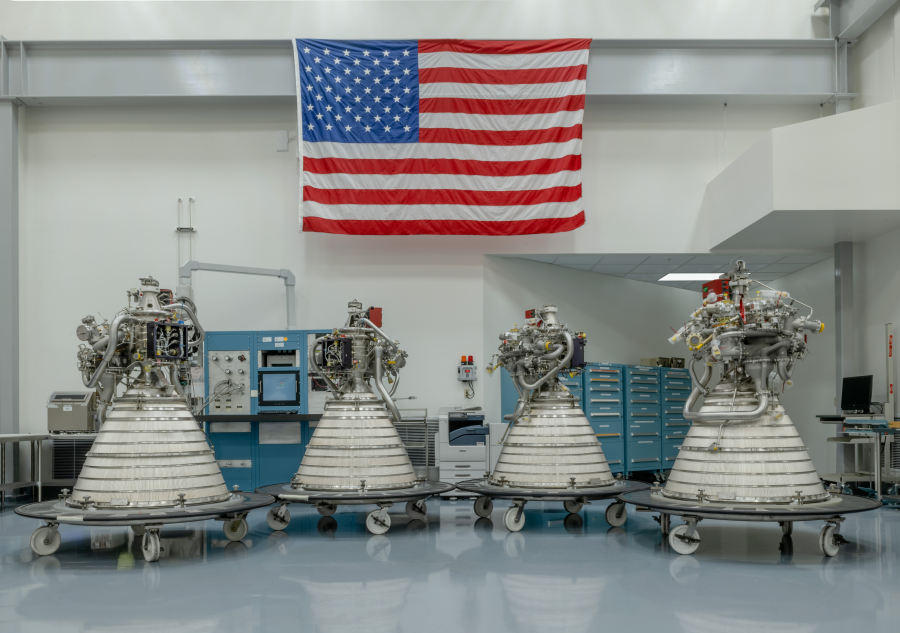Orbital Sciences (ORB +0.00%) and Alliant TechSystems (NYSE: ATK) sucked a lot of oxygen out of the room in April, when the companies announced plans to merge their space businesses into a new company to be known simply as "Orbital ATK." The merger echoed Boeing's (BA +4.91%) and Lockheed Martin's (LMT +2.77%) 2005 formation of what is now known as United Launch Alliance, and heralded a continued concentration of power in the space launch industry.

Never heard of GenCorp? The U.S. Air Force has -- and has used it to power its fleet of ICBMs. Photo: Wikimedia Commons.
These two mergers are the most recent and the most famous of mergers in America's space industry. But there's one more you may not yet have heard of: GenCorp (GY +0.00%).
You might not have heard of GenCorp, which lacks a "space-y" or "launch-y" name. So here's a name that may ring a clearer bell: Aerojet Rocketdyne. This is the name of GenCorp's space arm, which contributes the vast majority of GenCorp's revenue. (GenCorp also has a real estate business, which contributed all of $5.7 million in sales in 2013.) It includes GenCorp's own Aerojet rocket motors business, as well as Rocketdyne, the rocket engine business purchased from United Technologies last year.
So while GenCorp may not leap right off the launchpad and scream "space business" to you, it's still a force to be reckoned with.
Two projects to keep GenCorp flying
GenCorp last week made two big announcements of note for space investors. On Wednesday, the company said it has completed its second test of a "Large Class" second-stage solid rocket motor for the U.S. Air Force. This test was performed as part of a USAF contract aiming to develop "multiple future common strategic propulsion systems" for use in government space launches.
Originally designed to power the second stage of the Peacekeeper ICBM, GenCorp's Large Class rocket engine has also been used to power Orbital's Minotaur IV rockets in launching government satellites. Presumably, last week's test was in furtherance of this project, but GenCorp revealed only that its test has confirmed that the Large Class engine can be used either as an upper-stage rocket engine or a booster (used in the initial stage of a launch to get a rocket quickly off the ground).
The second significant announcement, made Thursday, concerned GenCorp's work on the J-2X engine, a revived and improved version of the liquid oxygen/liquid hydrogen-fueled upper-stage engine used in Apollo-era NASA launches. GenCorp confirmed that it has completed testing on the J-2X, and that the improved engine now delivers 30% more thrust than its forebear of 40 years ago, and is "the highest performing human-rated upper-stage engine to be developed in nearly 40 years."
This development may be especially significant in light of recent Russian threats to deny U.S. astronauts carriage to the International Space Station aboard Russian rockets, after the current carriage contract expires in 2017. NASA is hard at work with its contractors to develop a homegrown U.S. "human-rated" spacecraft to replace the retired space shuttle fleet. GenCorp believes that its J-2X engine may fit the bill to power the second (high-altitude) launch stage of such a craft. The company noted, too, that its work on J-2X has applications to its testing of its RS-25 "Space Shuttle engine," four of which are expected to provide first-stage power to the space launch system that NASA is developing.
Foolish takeaway
Are these two announcements as potentially explosive for GenCorp's business as the news we wrote about back in December -- the "Medium Class" motor contract that USAF may award GenCorp, potentially valued at $11 billion or more? Right now, it's hard to say. It depends on how many Minotaurs the government decides to buy. It depends on whether and when the SLS ever flies.
At the very least, though, GenCorp's several test successes with new rocket engines confirms that United Launch Alliance and Orbital ATK aren't the only game in town among "space companies." GenCorp, too, is one to watch.

GenCorp's J-2X rocket engine one day may just help America get back into space. Image: Wikimedia Commons.








